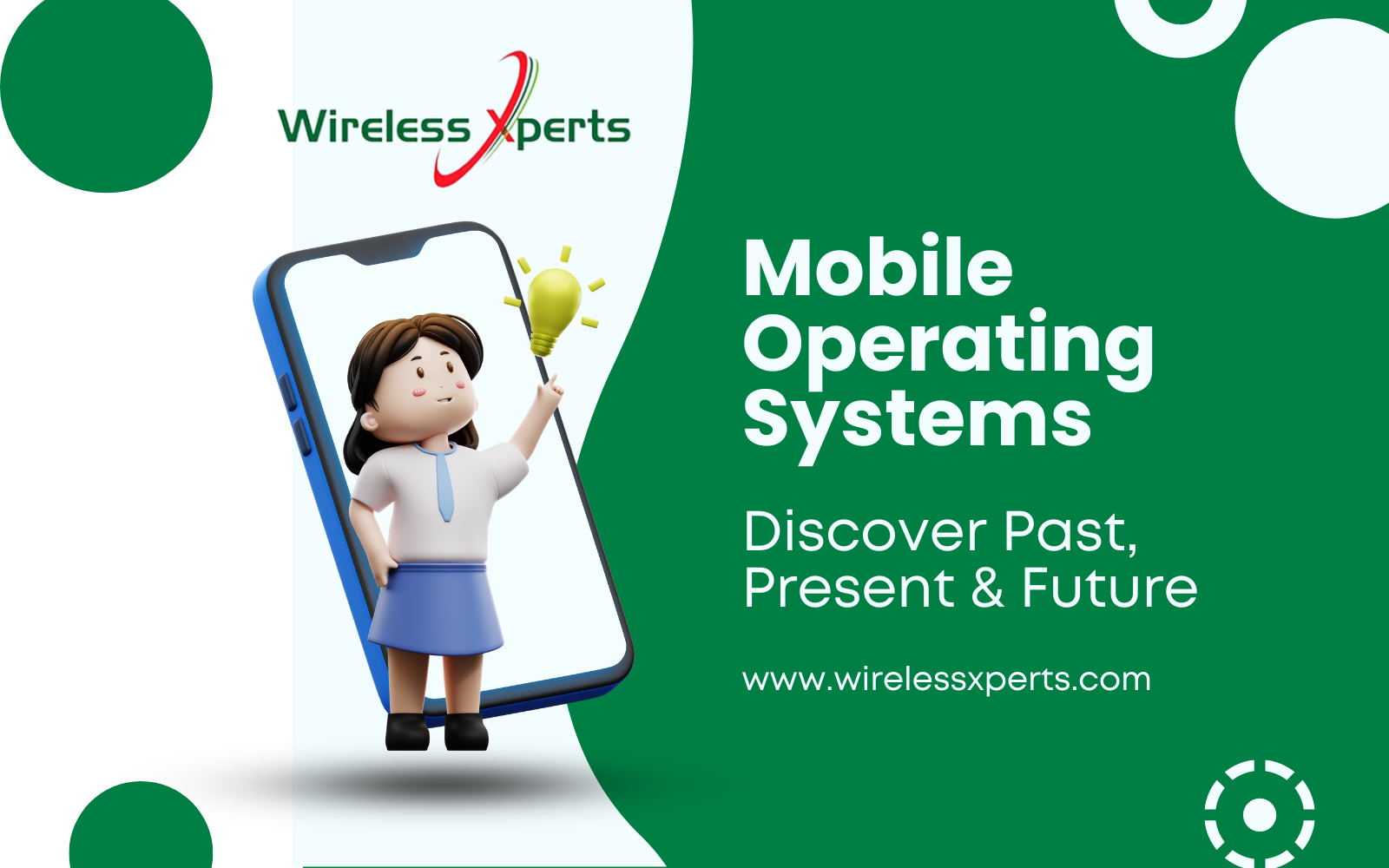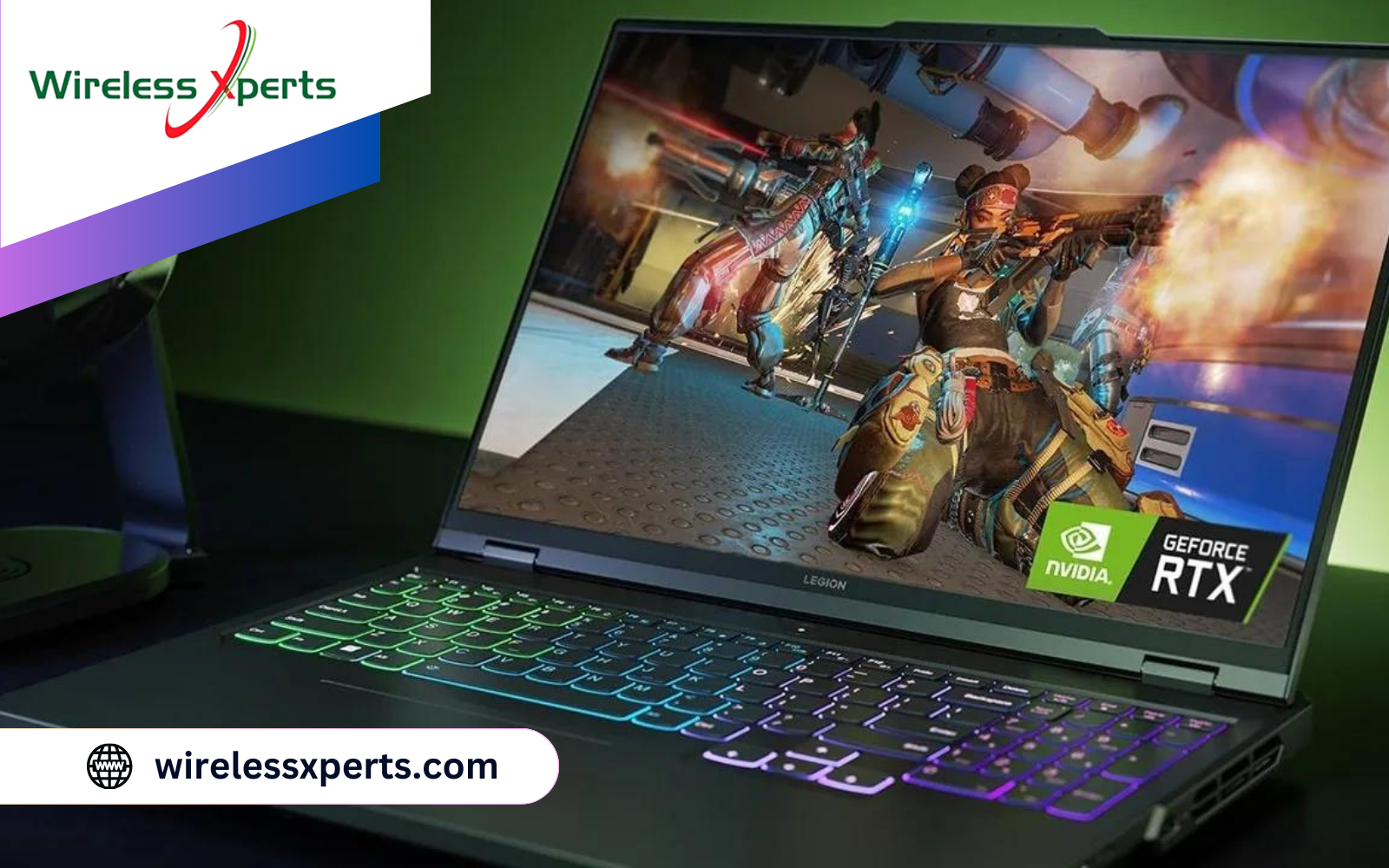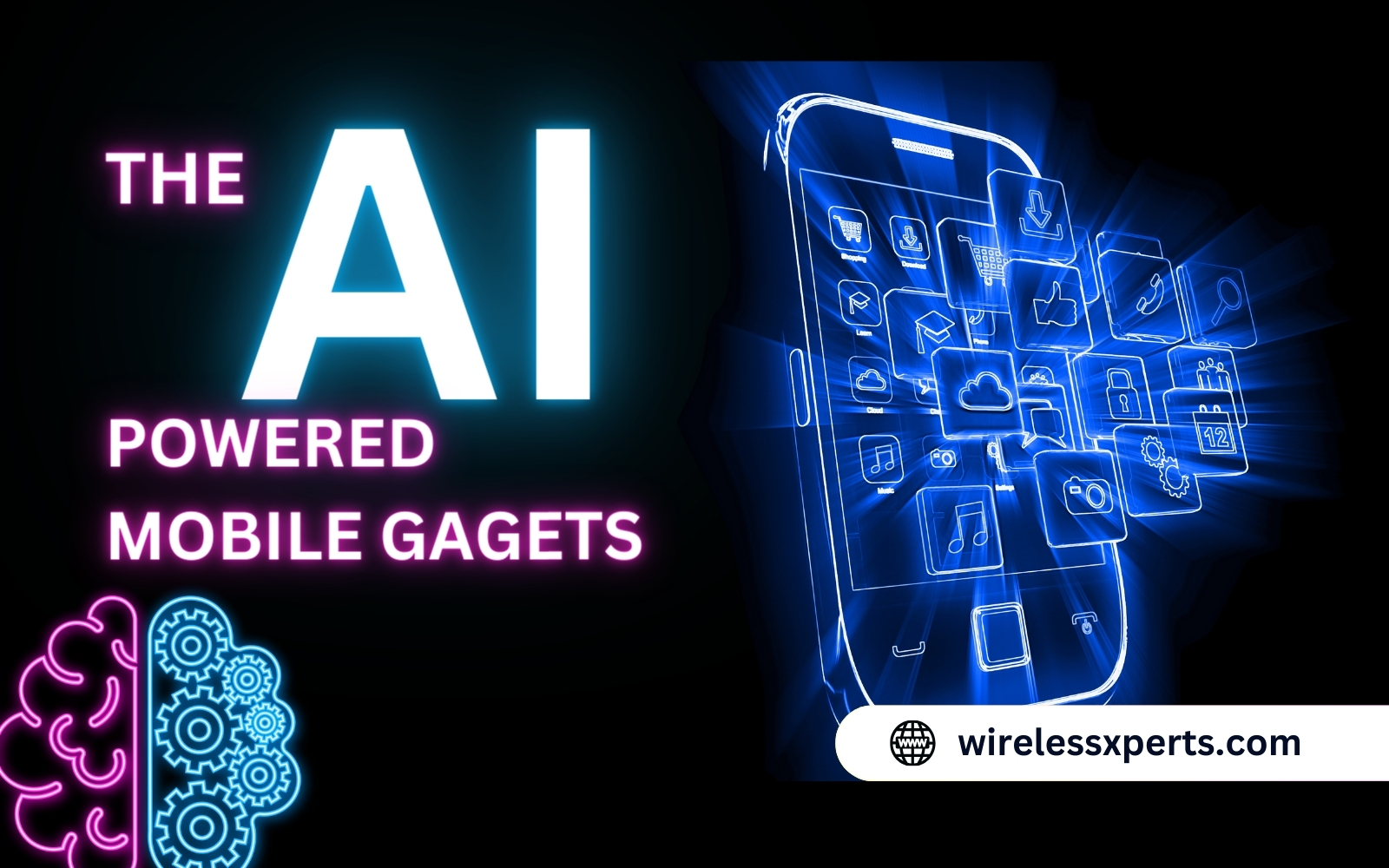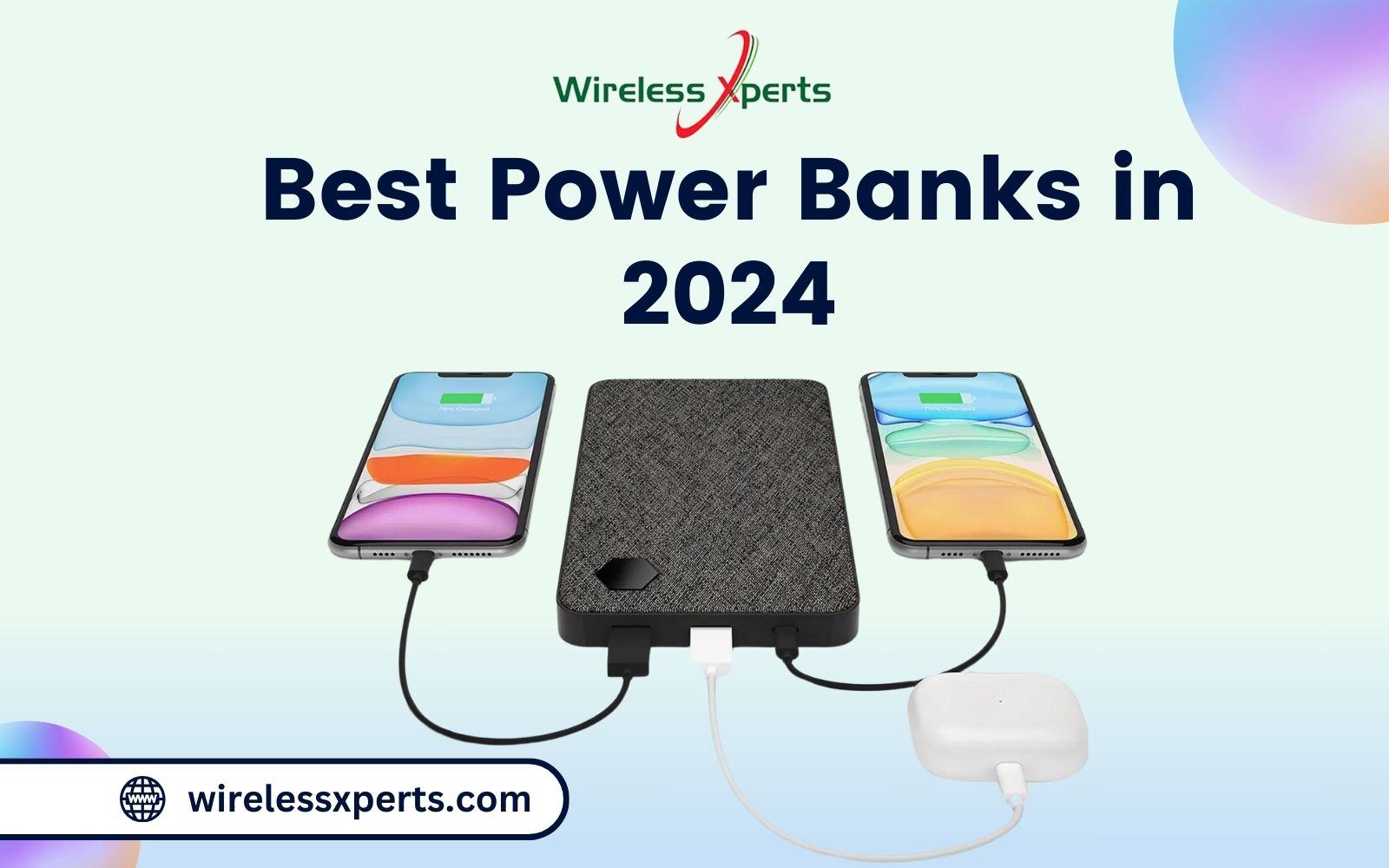The Evolution of Mobile Operating Systems: Unveiling the Past, Present, and Future
-
 Chami Nelson
Chami Nelson
- News & Updates
- Feb 28, 2024
- views

Mobile Operating Systems have undergone a remarkable evolution since the inception of smartphones. As these devices have become an integral part of our daily lives, the software that powers them has continually evolved to meet the growing demands of users. In this exploration of the journey from the past to the present, we'll delve into the significant milestones, innovations, and transformations that have shaped mobile operating systems.
Early Days: The Birth of Mobile OS
The first-generation mobile operating systems were basic and primarily focused on providing calling and messaging functionalities. Operating systems like Symbian, Palm OS, and Windows Mobile laid the foundation for mobile computing, introducing features like contact lists, calendars, and basic apps.
The Rise of iOS: Revolutionizing User Experience
Apple's iOS, introduced in 2007 with the launch of the iPhone, revolutionized the mobile landscape. The introduction of the App Store in 2008 brought a paradigm shift, allowing users to customize their devices with a wide range of third-party applications. The sleek interface, intuitive gestures, and consistent user experience set a new standard for mobile operating systems.
Android Rise: Open Source Innovation
Google's Android, released in 2008, embraced an open-source philosophy, empowering manufacturers to use and modify the OS freely. This approach led to a diverse range of Android devices and a rapid expansion of the ecosystem. The Android Market (now Google Play) quickly followed suit, rivaling Apple's App Store and further fueling the smartphone revolution.
Windows Phone and BlackBerry: Rise and Fall
Windows Phone and BlackBerry OS were once formidable players in the mobile OS arena. Windows Phone introduced a fresh and vibrant interface, while BlackBerry OS was synonymous with secure communication. However, they faced challenges adapting to the rapidly changing market dynamics and eventually gave way to the dominance of iOS and Android.
Modern Era: iOS vs. Android Dominance
In the present era, iOS and Android stand as the titans of the mobile operating system domain. Both have evolved to offer advanced features, seamless integration with other devices, and robust security measures. iOS maintains its reputation for a closed ecosystem, emphasizing privacy and a curated user experience, while Android's open nature continues to foster innovation, customization, and a wide array of device options.
Innovations and Trends: AI, Foldables, and Beyond
Recent years have witnessed the integration of artificial intelligence (AI) into mobile operating systems, enhancing user experiences with features like voice assistants and smart suggestions. The emergence of foldable smartphones has pushed operating systems to adapt to new form factors, providing a seamless experience across various screen configurations.
The Future: Connectivity and Beyond
Looking ahead, the evolution of mobile operating systems is likely to be intertwined with emerging technologies such as 5G, augmented reality (AR), and the Internet of Things (IoT). Operating systems will play a crucial role in facilitating seamless connectivity and interaction between devices, ushering in an era of interconnected smart ecosystems.
Conclusion:
In conclusion, the evolution of mobile operating systems reflects a dynamic journey marked by innovation, competition, and technological advancements. From the simplicity of early mobile OS to the sophistication of today's iOS and Android, each phase has contributed to shaping the way we interact with and rely on our smartphones. As we anticipate the future, the trajectory of mobile operating systems is certain to continue influencing the way we experience the digital world.












